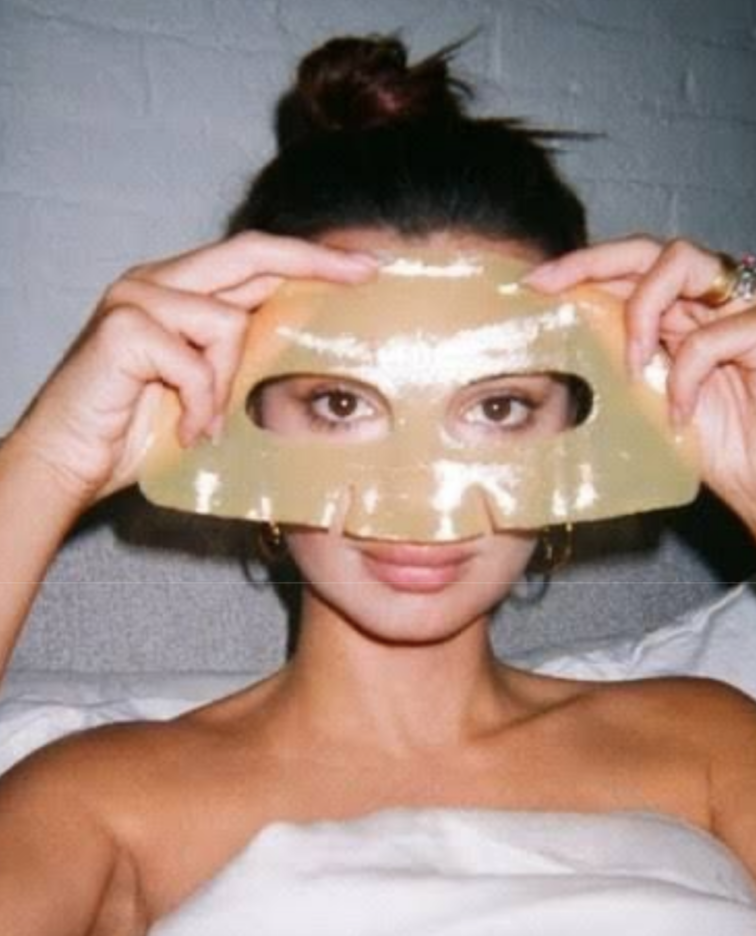



"So what’s the difference, and which one do you need to be using?"
We’re breaking it all down for you — so the next time you step into your derm’s office or a Sephora aisle, you’ll know exactly what you’re looking for.
Or rather, for anyone wanting to experience fewer side effects. (Which might be all of us.) That’s because retinols are less potent than retinoids due to their molecular structure (we’re getting science-y for a second here). Retinols are made of esters (derivatives of Vitamin A) that need to be converted to retinaldehyde and then to retinoic acid in order for your skin to actually use the retinols and for you to see changes. Since there are a few steps required to convert retinols, that means the effects of it are actually pretty gentle. But that also means it takes longer to see the effects show up on your skin. So if patience isn’t your virtue, well — this might be the time to practice it.
Retinols are also easier to get your hands on because you don’t need a prescription. Take one stroll down to Sephora, and you’ll see retinols left and right. Yay. But finding the right retinol is important, too. We look for formulas with encapsulated retinol in a closed bottle, like this one. Here’s why: Retinol becomes unstable very easily — like when it comes in contact with light, heat, or air. Basically, she’s a fragile soul. So using an encapsulated form keeps the retinol protected, and helps cut down on light and air exposure. It also time-release delivers the retinol into your skin instead of all at once, which means it’s super gentle but potent. So sensitive-skinned beauties that live for glass skin, this one’s for you.
Just remember that when it comes to using retinols, they’re gentle, but they require even more patience than retinoids.
We’re glad you asked. And even if you didn’t, we’re telling you anyway — because unlike the pythagorean theorem, this is key life info everyone needs. Retinoids are the term for a class of products that are chemically derived from vitamin A, which is essential to cell growth. Technically, retinols are retinoids, but most people use the term ‘retinoid’ to refer to the stronger prescription topicals like Retin-A and Tretinoin when using the word retinoid.
But the real difference in the prescription variety of retinoids is that they’re actually a retinoic acid, making them much more powerful than retinol — we’re talking almost 20 times more powerful. And that’s because they don’t require a process to convert to retinoic acid — they already are one!
There are lots of benefits to using retinoids — especially the prescription topicals. When you use retinoids consistently for a long period of time, they actually start to teach your skin how to perform normally, like it should. So renewing skin, making new cells, correcting damage? All benefits of retinoids. The downside is that there’s an increased chance of skin irritation with the stronger formulas — think: red skin, peeling, and dryness. Luckily, this usually happens for an initial period — which is why doctors recommend starting very slowly.
But if your skin can handle prescription retinoids, you’ll see a big payoff in a shorter amount of time — about 6-8 weeks. Just remember to wear sunscreen (which we all should already be doing, but just in case, here’s another reminder!) because they make your skin more photo-sensitive.